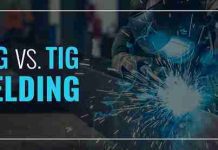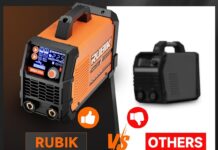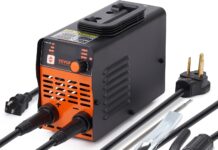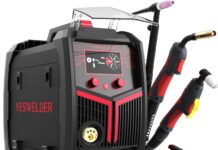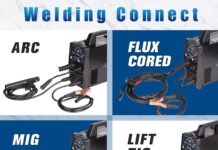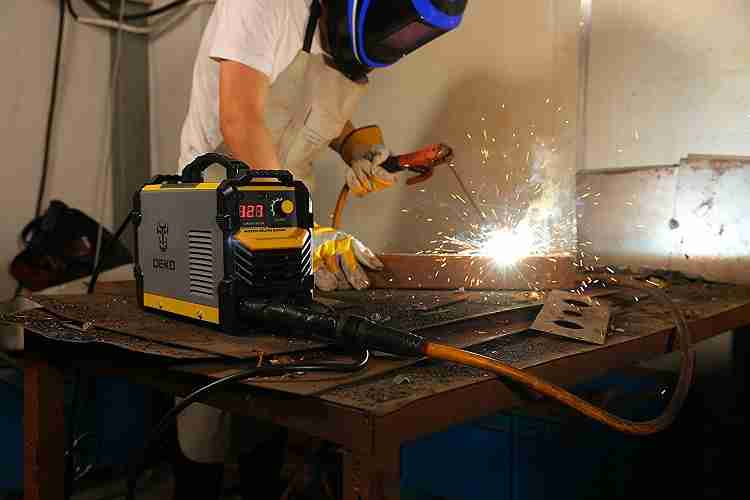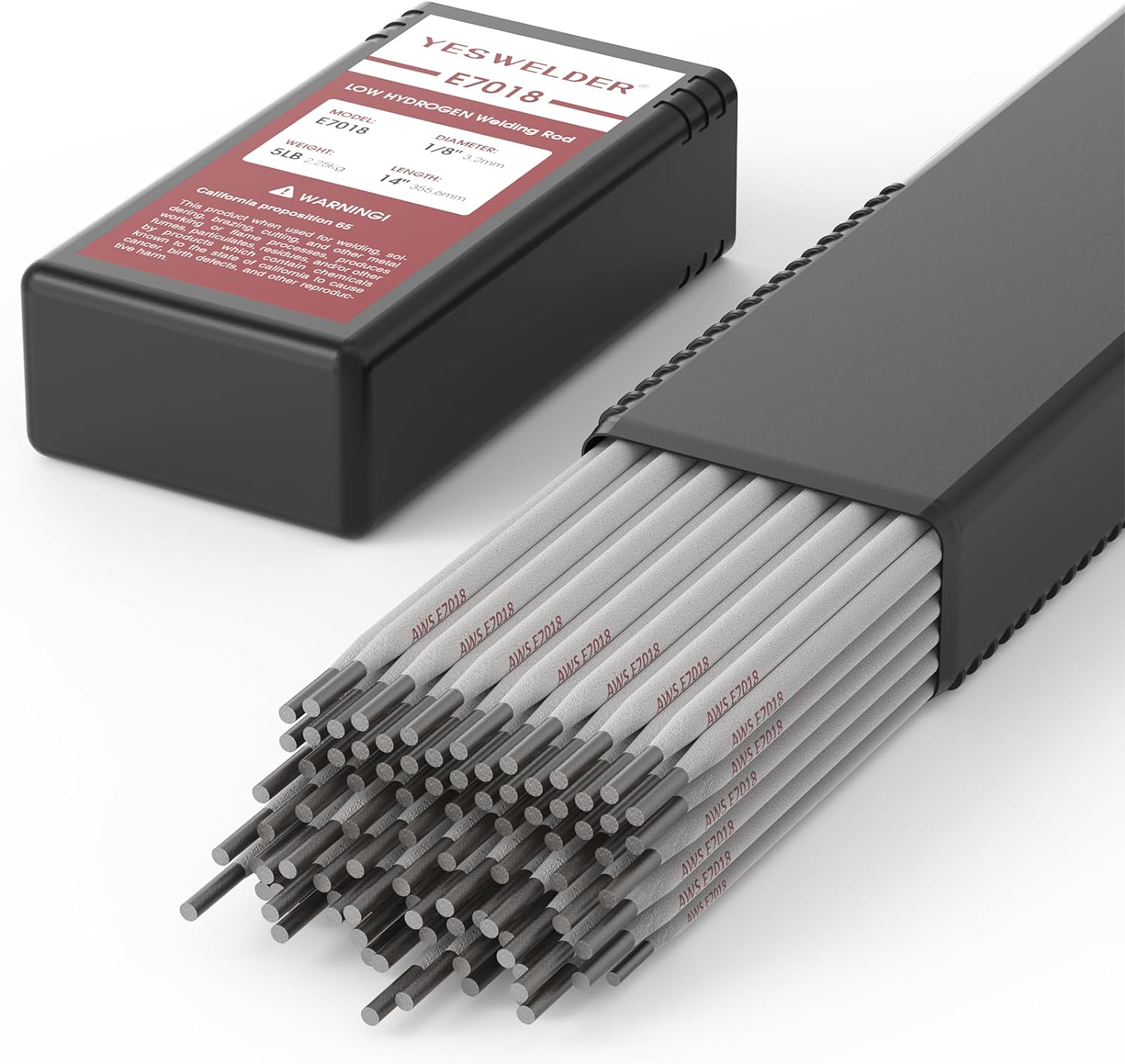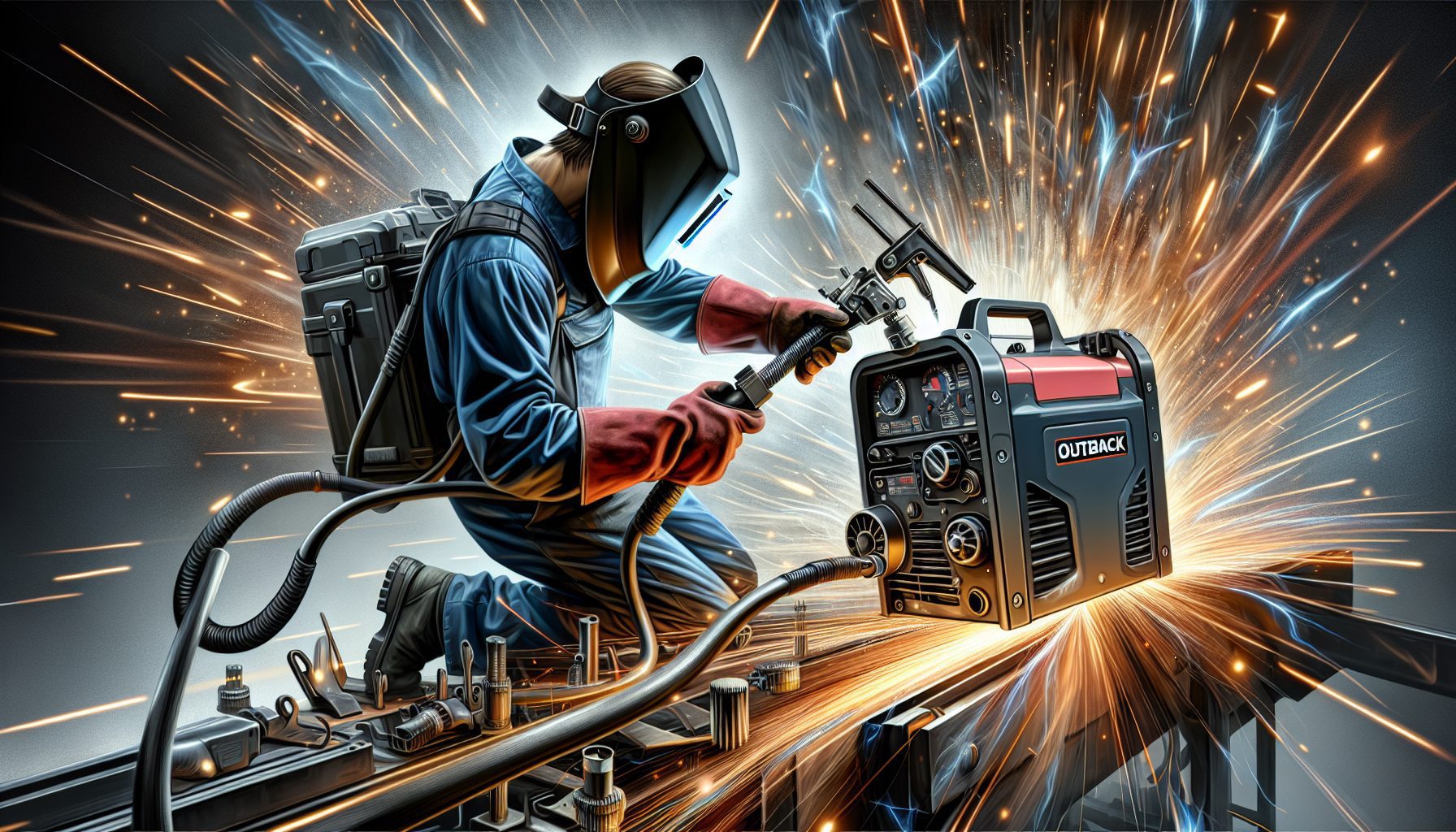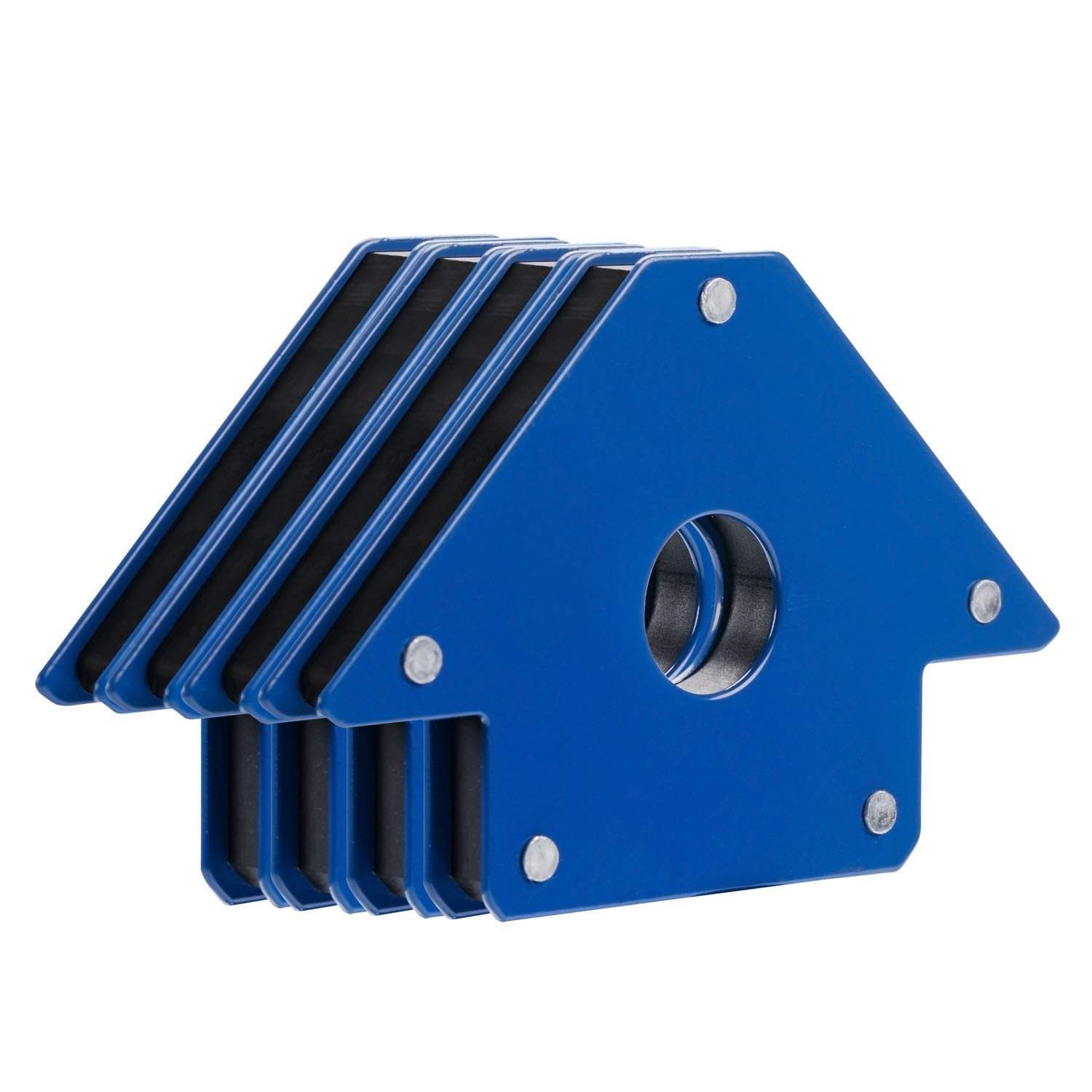If you’ve ever wanted to learn a new skill or dabble in DIY projects, a MIG welder may have crossed your radar. But let’s be honest, when diving into a new craft, the technical jargon and specific parts can be overwhelming. That’s why we’re here to break it down for you! In this article, we’ll acquaint you with the world of MIG welding by exploring the consumable parts you’ll need to know about. So grab your helmet and let’s get started!
What Are The Consumable Parts On A MIG Welder?
As welding enthusiasts, we understand the importance of knowing all the necessary parts and components of our equipment. When it comes to MIG welders, there are several consumable parts that need to be replaced regularly for optimal welding performance. In this article, we will discuss each of these consumable parts and their role in the MIG welding process. So, let’s dive in!

Contact Tip
The contact tip is a small but crucial component of a MIG welder. It is responsible for transferring the electric current to the welding wire, allowing it to melt and create an arc with the workpiece. The contact tip must be in good condition to ensure proper electrical conductivity and gas coverage. Over time, the contact tip can wear out due to the constant flow of current and the heat generated during welding. Therefore, it is essential to periodically check and replace the contact tip to maintain consistent and high-quality welds.
Nozzle
The nozzle, also known as the gas shroud or gas cup, is another consumable part vital to the MIG welding process. It surrounds the welding wire and directs the flow of shielding gas onto the weld pool. The shielding gas protects the weld from atmospheric contamination, such as oxygen and nitrogen, which can lead to poor weld quality. The nozzle also helps to shape and control the gas flow, ensuring proper coverage and gas dispersion. Over time, the nozzle can accumulate spatter and become clogged, affecting gas flow and compromising weld quality. Regular cleaning and replacement of the nozzle are necessary to maintain efficient shielding gas delivery and excellent weld results.
Gas Diffuser
The gas diffuser is an essential component that connects the nozzle to the welding gun or torch. Its primary function is to evenly distribute the shielding gas across the weld pool. By doing so, it enhances the protective atmosphere, minimizing the risk of weld defects. The gas diffuser also helps in cooling the welding gun and prevents excessive heat buildup. Similar to the contact tip and nozzle, the gas diffuser can experience wear and tear over time. Thus, it is crucial to inspect and replace the gas diffuser regularly to ensure effective gas distribution and optimal weld quality.
Liner
The liner is a consumable part located within the welding gun or torch. It serves as a guide for the welding wire and facilitates smooth wire feeding. A proper liner ensures minimal resistance and prevents wire jamming or snagging during the welding process. Over time, the liner can wear out or accumulate debris, resulting in inconsistent wire feeding and erratic arc performance. Therefore, regular inspection and replacement of the liner are necessary to ensure smooth wire delivery and a seamless welding experience.
Drive Rolls
The drive rolls, also known as feed rolls or wire feed rolls, are responsible for pulling the welding wire from the spool and feeding it through the liner. They provide the necessary grip and traction to advance the wire steadily and at a controlled speed. The drive rolls consist of grooves or teeth that match the diameter of the welding wire being used. These consumable parts can wear down or become damaged, leading to improper wire feeding, wire slippage, and erratic welding results. Regular inspection and replacement of the drive rolls are crucial to maintain consistent wire feeding and achieve high-quality welds.
Electrode
The electrode, also referred to as the welding wire or filler wire, is the consumable material that forms the weld. It is the component that melts and joins the workpiece in the welding process. The electrode comes in various materials and diameters, each suitable for specific applications and workpieces. Choosing the right electrode is essential to achieve the desired weld quality and strength. When using a MIG welder, the electrode is continuously consumed, requiring periodic replacement as it is used up during welding.
Wire
The wire, also known as the welding filler wire or consumable wire, is a critical component of the MIG welding process. It is the consumable material that serves as the electrode and forms the weld. The wire is continuously fed through the welding gun or torch, following the electrical current and completing the circuit. The diameter and composition of the wire depend on the welding application and desired weld characteristics. Regular inspection and replacement of the wire spool are necessary to avoid interruptions in the welding process and maintain a continuous supply of consumable wire.
Shielding Gas
Shielding gas is an integral part of the MIG welding process. It protects the weld from contamination and oxidation, ensuring cleaner and stronger welds. The choice of shielding gas depends on the type of metal being welded and the desired outcome. Common gases used include argon, carbon dioxide, and mixtures of the two. The shielding gas is supplied from a gas cylinder through the welding gun or torch, where it combines with the electrical arc to form a protective shield around the weld pool. Regular monitoring and replenishment of the shielding gas supply are necessary to maintain consistent gas coverage and weld quality.
Torch
The torch, also known as the welding gun, is an essential part of a MIG welder. It houses and controls various consumable parts, including the contact tip, nozzle, gas diffuser, and liner. The torch is held by the welder and manipulated to direct the arc and welding wire onto the workpiece. It is crucial to keep the torch clean and well-maintained, as any clogs or malfunctions can affect the weld quality. Regular inspections and replacements of the consumable parts within the torch are necessary for an efficient welding process.
Power Source
While not a consumable part in the traditional sense, the power source plays a vital role in the MIG welding process. It provides the electrical energy required to generate the welding arc and heat the welding wire. The power source can be a standalone unit or integrated into the MIG welder itself. Regular maintenance of the power source, such as cleaning the internal components and maintaining proper electrical connections, is necessary to ensure a reliable power supply for optimal welding performance.
In conclusion, a MIG welder comprises various consumable parts that are integral to the welding process. From the contact tip and nozzle to the wire and shielding gas, each component plays a crucial role in achieving high-quality welds. By regularly inspecting and replacing these consumable parts, we can ensure consistent weld performance, minimize defects, and enhance overall welding efficiency. So, let’s take care of our MIG welders by giving these consumable parts the attention and maintenance they deserve for successful welding projects!



